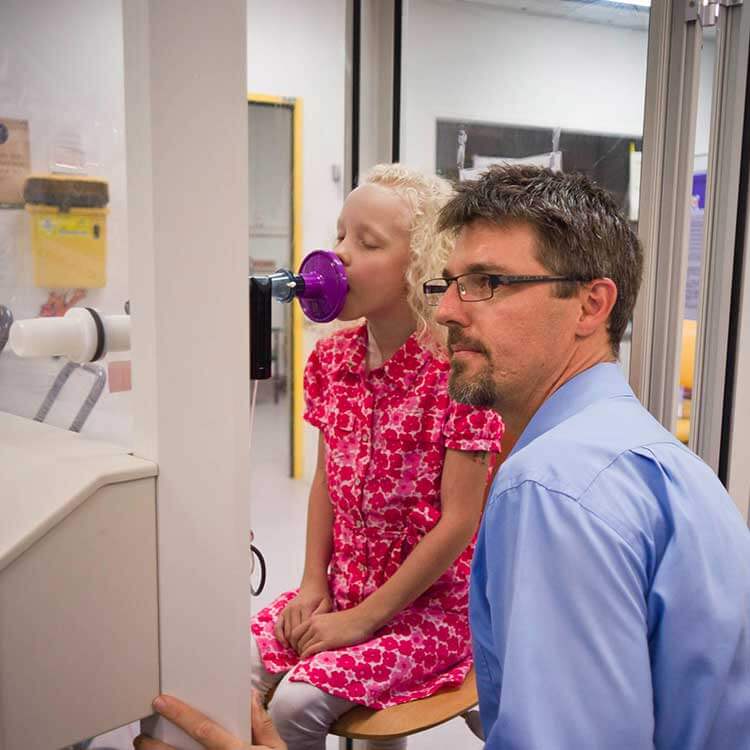Search
Research
Febrile respiratory illnesses in infancy and atopy are risk factors for persistent asthma and wheezeThe aim of this study was to explore associations between severe respiratory infections and atopy in early childhood with persisting wheeze and asthma.
Research
Defective function at the epithelial junction: A novel therapeutic frontier in asthma?The airway epithelium forms a highly regulated physical barrier that normally prevents invasion of inhaled pathogens and allergens from the airway lumen.
Research
Vitamin D and atopy and asthma phenotypes in children: a longitudinal cohort studyVitamin D has been linked in some studies with atopy- and asthma-associated phenotypes in children with established disease,but its role in disease inception...
Research
Boosting airway T-regulatory cells by gastrointestinal stimulation as a strategy for asthma controlThe hallmark of atopic asthma is transient airways hyperresponsiveness (AHR) preceded by aeroallergen-induced Th-cell activation.
Research
Th2-associated immunity to bacteria in asthma in teenagers and susceptibility to asthmaBacterial colonisation of the airways is associated with increased risk of childhood asthma
Research
The importance of environment on respiratory genotype/phenotype relationships in the InuitThis study aimed to investigate the effects of different macro-environments on asthma genotype-phenotype associations in 2 geographically separated populations
Research
Toll-like receptor 7 function is reduced in adolescents with asthmaAnti-viral innate immune responses may be impaired in asthma, although the mechanisms are not well understood.


News & Events
Lung problems continue into childhood for premmie babiesNew research from Perth’s The Kids Research Institute Australia shows that babies born premature continue to have lung problems well into childhood.
Research
Meta-analysis identifies seven susceptibility loci involved in the atopic marchEczema often precedes the development of asthma in a disease course called the 'atopic march'.
